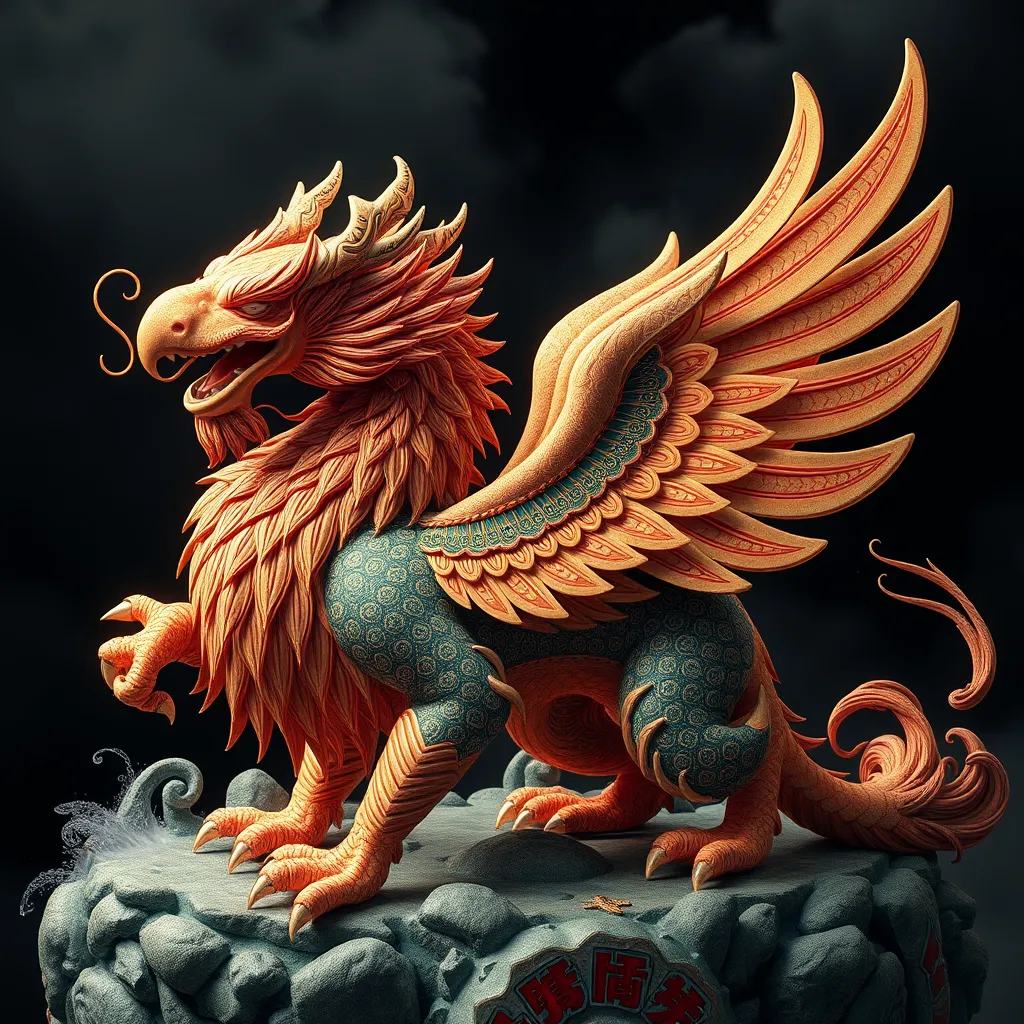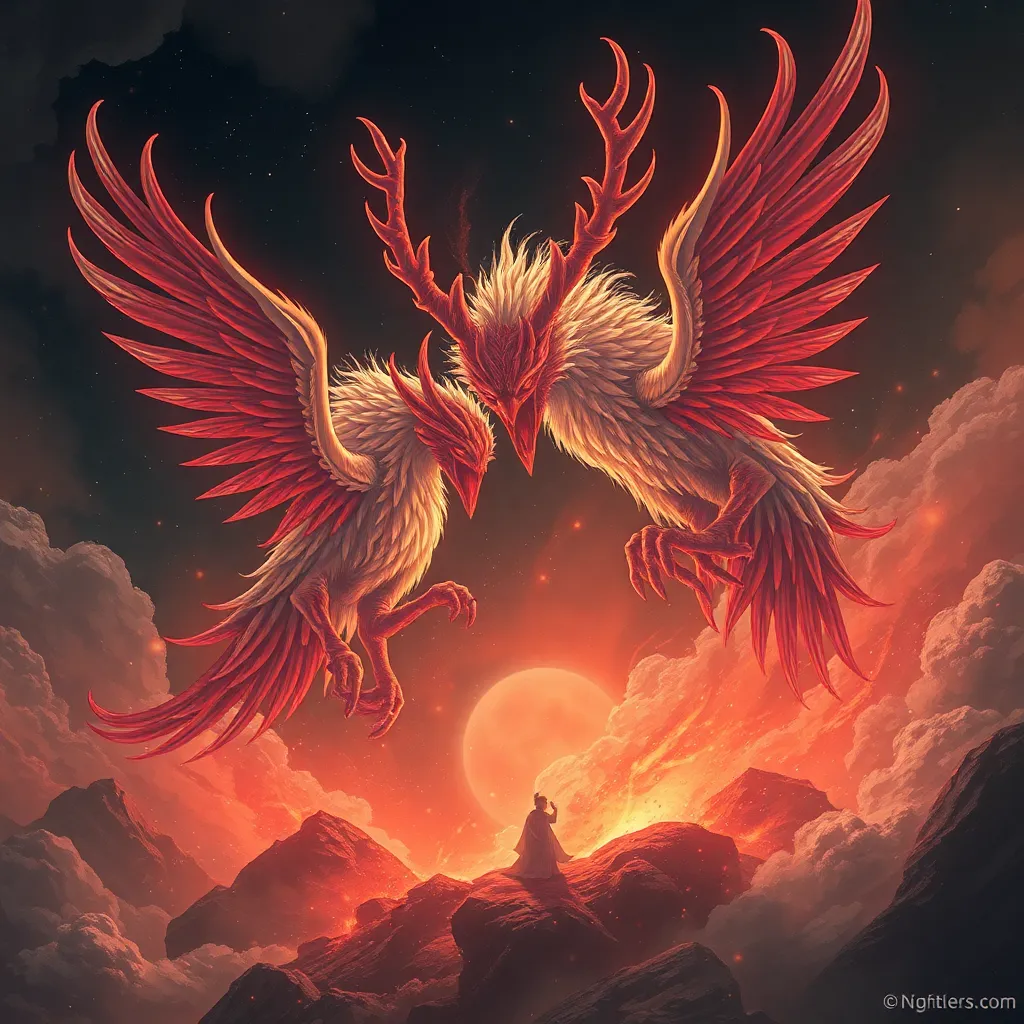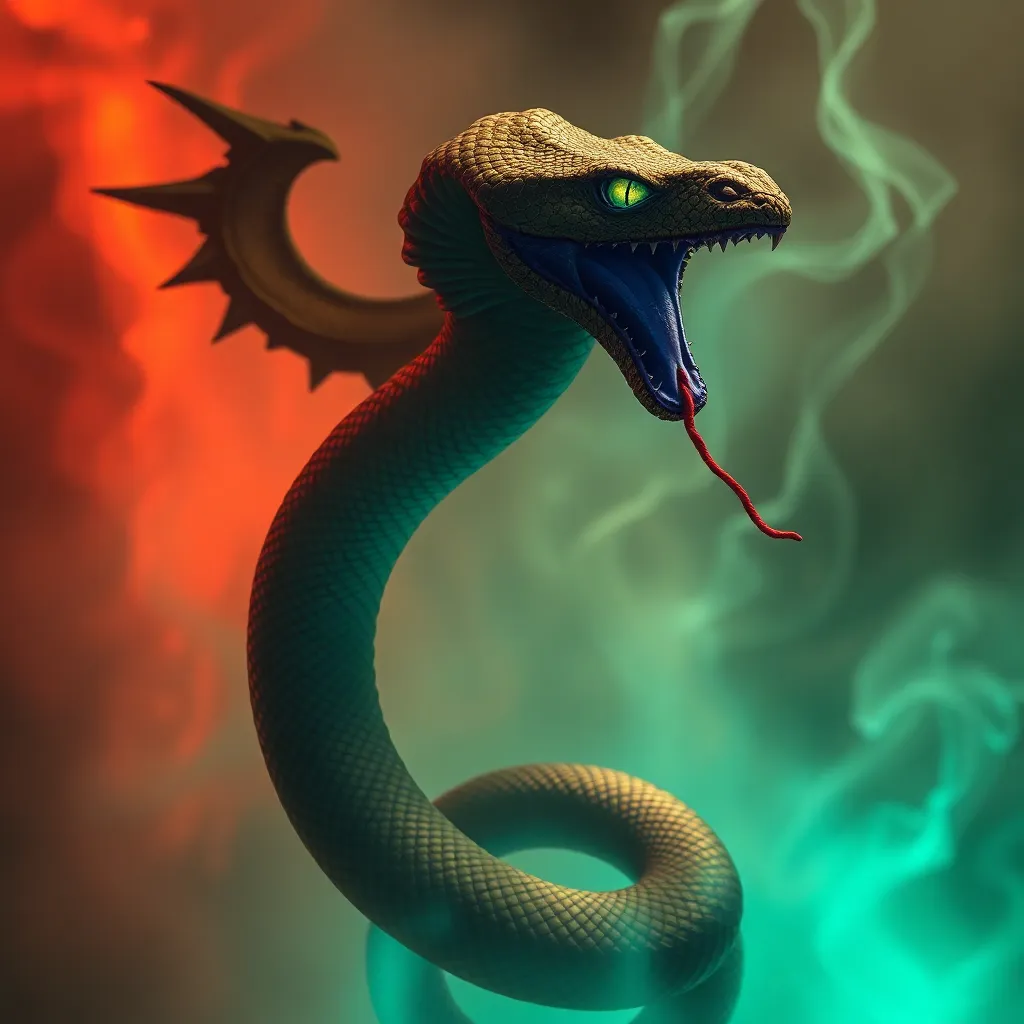The Xiezhi: The Chinese Griffin and its Role in Imperial Art
I. Introduction
The Xiezhi, a mythical creature in Chinese folklore, is often described as a hybrid of a lion and a bird, embodying various virtues and serving a significant role in the cultural narrative of China. Its origins can be traced back to ancient texts, where it is depicted as a guardian of justice and a protector against evil.
This article aims to explore the multifaceted significance of the Xiezhi in Chinese mythology and art, examining its historical context, physical characteristics, and influence on both imperial art and modern culture.
II. Historical Context of the Xiezhi
Early references to the Xiezhi can be found in texts dating back to the Han Dynasty, where it is mentioned as a creature that could discern truth from falsehood. Over time, the Xiezhi evolved in Chinese folklore, becoming associated with justice and moral integrity.
The Xiezhi’s role in the imperial narrative is particularly notable. As a symbol of virtue, it was believed that the presence of the Xiezhi could ensure good governance and protect the emperor from malevolent forces.
III. Physical Characteristics and Symbolism
The Xiezhi is often depicted with the body of a lion and the wings and head of a bird, showcasing a unique blend of features that convey strength and vigilance. This striking appearance not only captures the imagination but also reinforces its role as a guardian.
In terms of symbolism, the Xiezhi embodies concepts such as:
- Justice: As a creature that can discern right from wrong, the Xiezhi symbolizes fairness and moral rectitude.
- Protection: Its presence is believed to ward off evil spirits and negative energies.
When compared to other mythical creatures in Chinese culture, such as the dragon or phoenix, the Xiezhi holds a unique position, primarily associated with law and order rather than power or prosperity.
IV. The Xiezhi in Imperial Art
The Xiezhi has been a popular motif in various artistic mediums throughout Chinese history, including sculpture, pottery, and textiles. Each medium offers a different perspective on the creature’s significance and aesthetic appeal.
The iconography of the Xiezhi varies across different dynasties:
- Han Dynasty: Early depictions often show the Xiezhi in a more abstract form.
- Tang Dynasty: The Xiezhi is portrayed more vividly, emphasizing its lion-like features.
- Song Dynasty: Artistic interpretations become more refined, integrating intricate patterns and motifs.
Notable artworks featuring the Xiezhi include:
- Stone carvings found in ancient tombs.
- Textiles from the Ming Dynasty illustrating elaborate designs.
- Bronze sculptures that emphasize its dual nature.
V. The Xiezhi in Architecture
The influence of the Xiezhi extends to architecture, where its motifs are commonly found in imperial palaces and temples. These designs often reflect the creature’s protective qualities and its association with divine justice.
Architectural designs inspired by the Xiezhi include:
- Carvings on the eaves of buildings, symbolizing guardianship.
- Statues at temple entrances, serving as protectors of the sacred space.
Furthermore, the role of the Xiezhi in feng shui is significant. It is believed that incorporating Xiezhi imagery into spatial arrangements can enhance protection and promote harmony within the environment.
VI. The Xiezhi’s Influence on Modern Culture
In contemporary times, the imagery of the Xiezhi has experienced a revival in various forms of art and design. Artists and designers are increasingly drawing inspiration from this mythical creature, incorporating its symbolism into modern aesthetics.
The Xiezhi has also made its way into popular media and literature, appearing in:
- Movies and television shows that explore Chinese mythology.
- Graphic novels and comic books featuring fantasy themes.
Moreover, the Xiezhi plays a role in cultural festivals and celebrations, where it is celebrated as a symbol of protection and justice, connecting modern audiences with their rich heritage.
VII. Comparative Analysis with Other Mythical Creatures
When compared to the Western Griffin and other global counterparts, the Xiezhi shares several similarities and differences. Like the Griffin, which combines the features of an eagle and a lion, the Xiezhi also embodies the strengths of both the lion and the bird.
Key points of comparison include:
- Cultural significance: Both creatures symbolize guardianship, but the Xiezhi is more closely associated with justice, while the Griffin often represents power and nobility.
- Variations in symbolism: The Xiezhi focuses on morality and protection, whereas the Griffin has connotations of majesty and authority.
Despite these differences, both the Xiezhi and the Griffin convey shared themes of protection and guardianship, illustrating the universal need for such symbols across cultures.
VIII. Conclusion
In conclusion, the Xiezhi holds a significant place in the realm of Chinese imperial art, serving as a symbol of justice and protection throughout history. Its depiction in art and architecture reflects the values of Chinese society and the importance of moral integrity.
As we reflect on the Xiezhi’s lasting legacy in modern culture, it is clear that preserving such mythological heritage is crucial for understanding our past and shaping our future. The Xiezhi not only enriches the cultural narrative of China but also connects us to universal themes of justice and guardianship that transcend time and geography.



